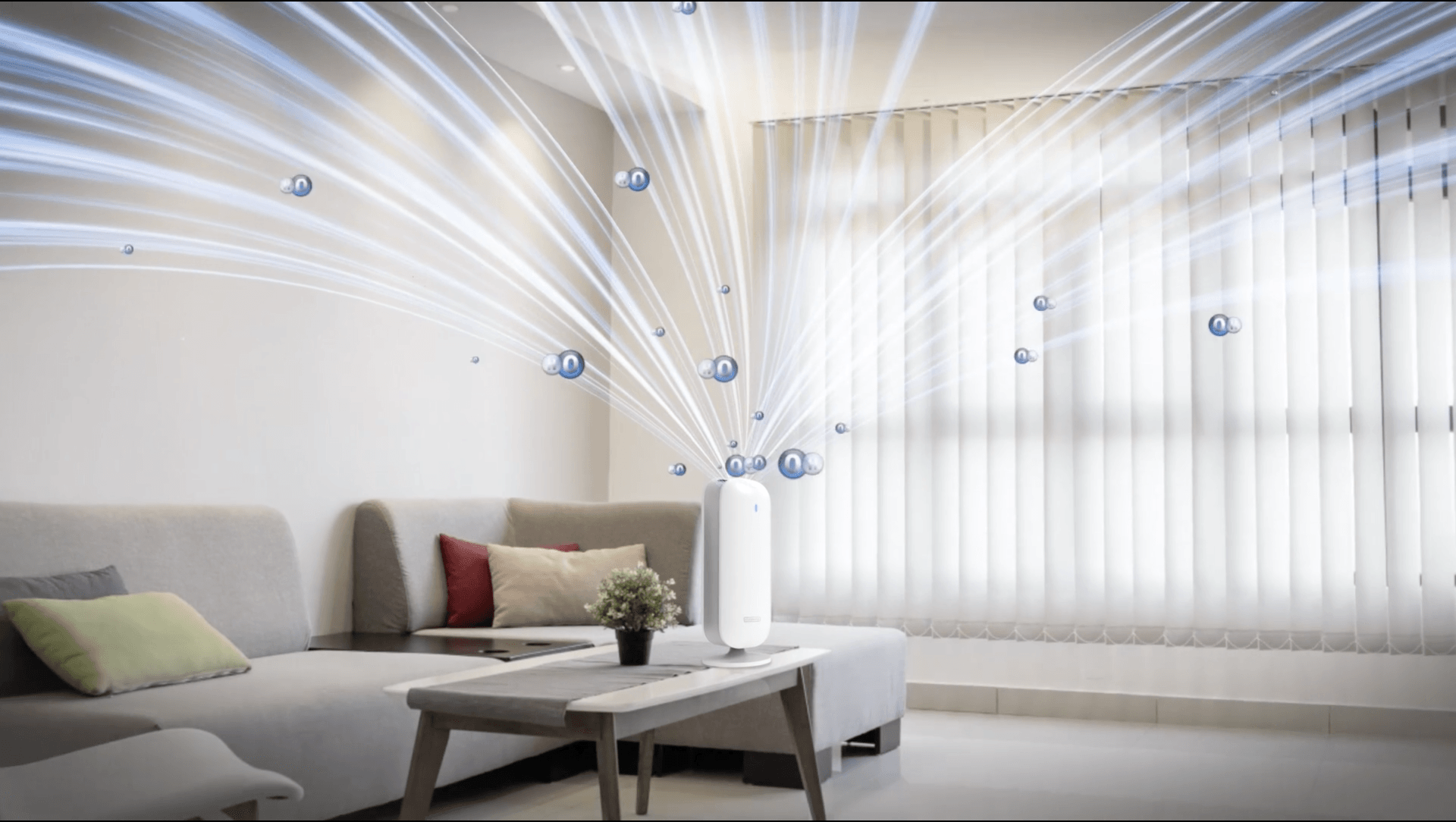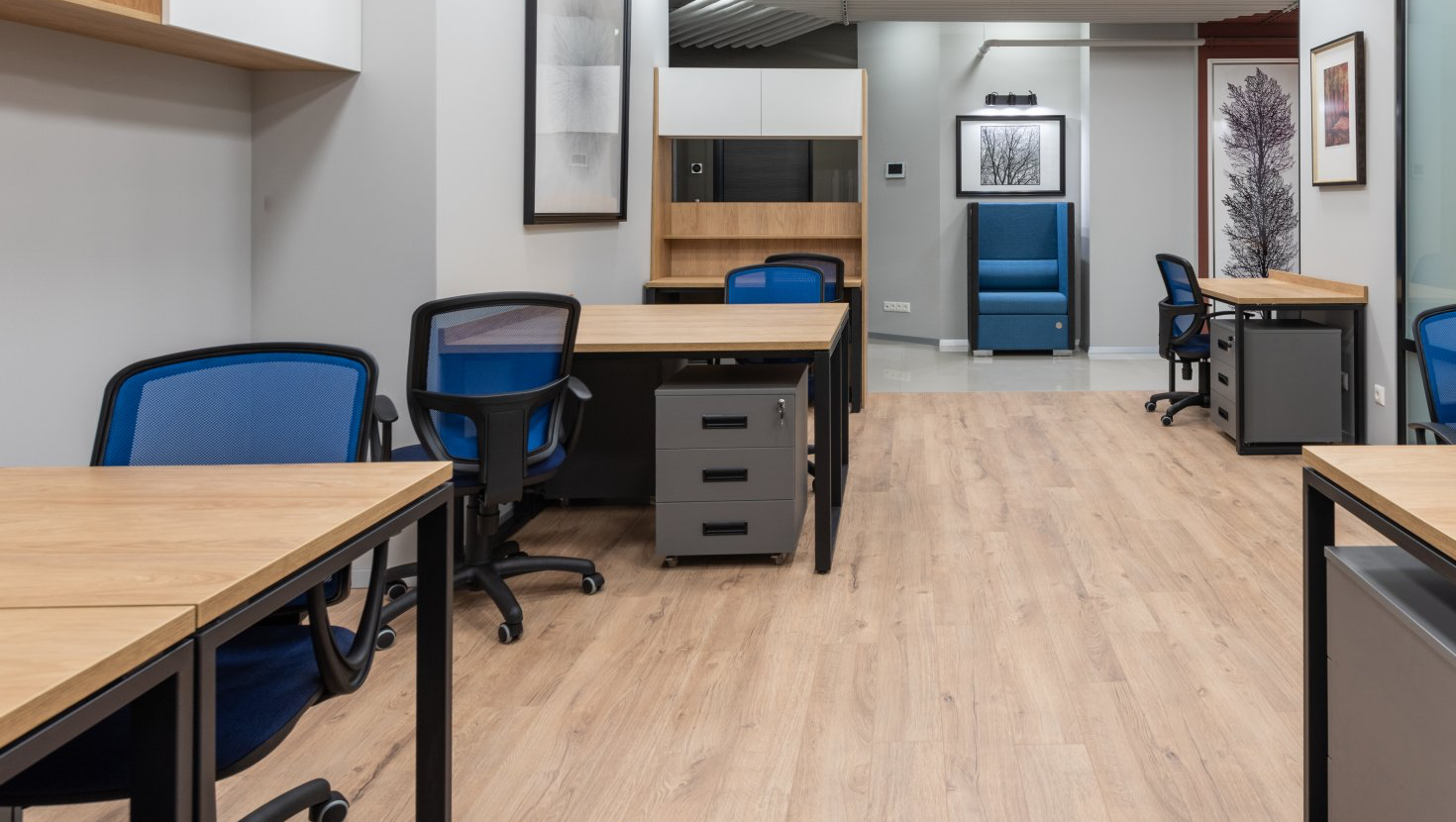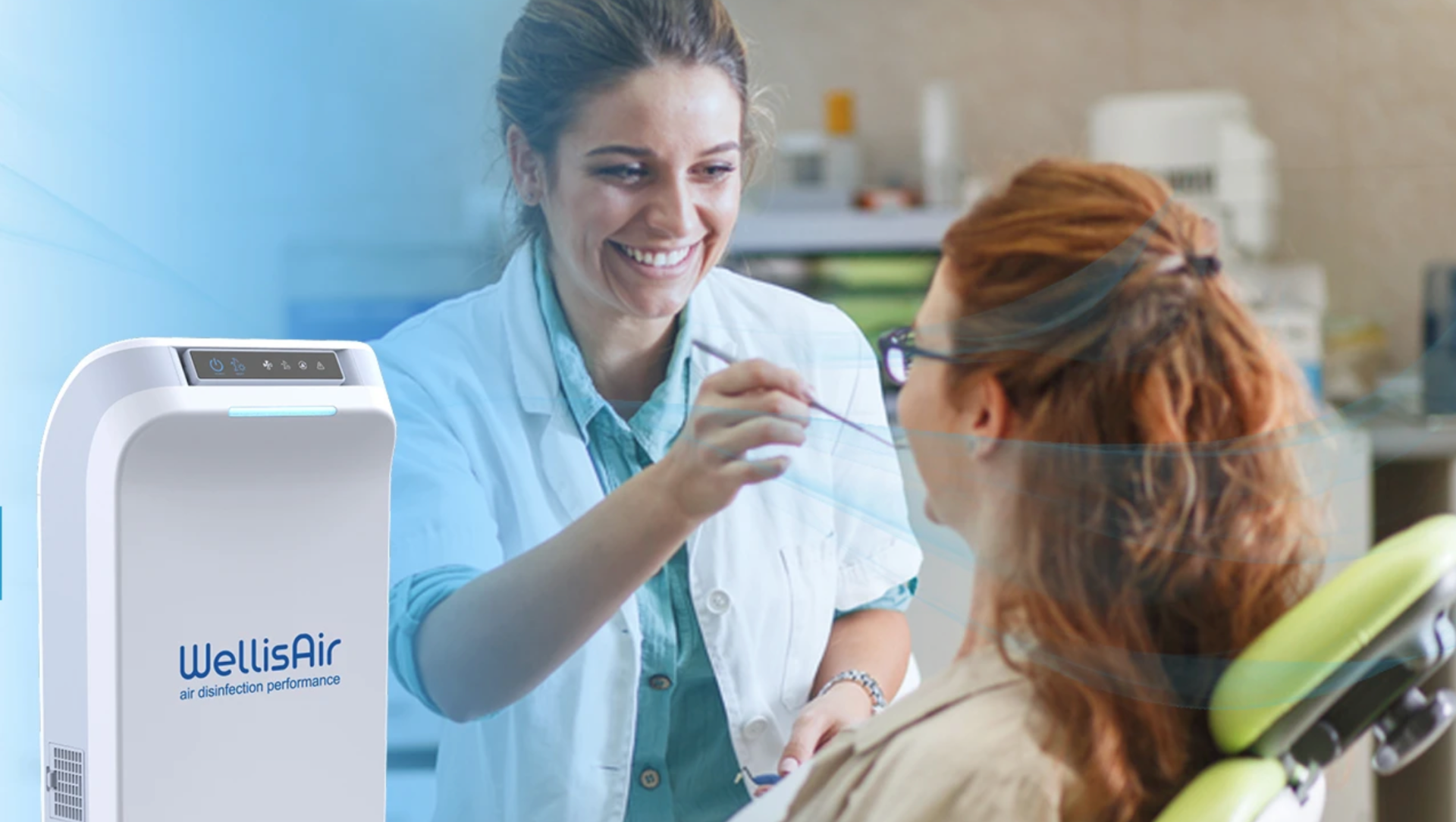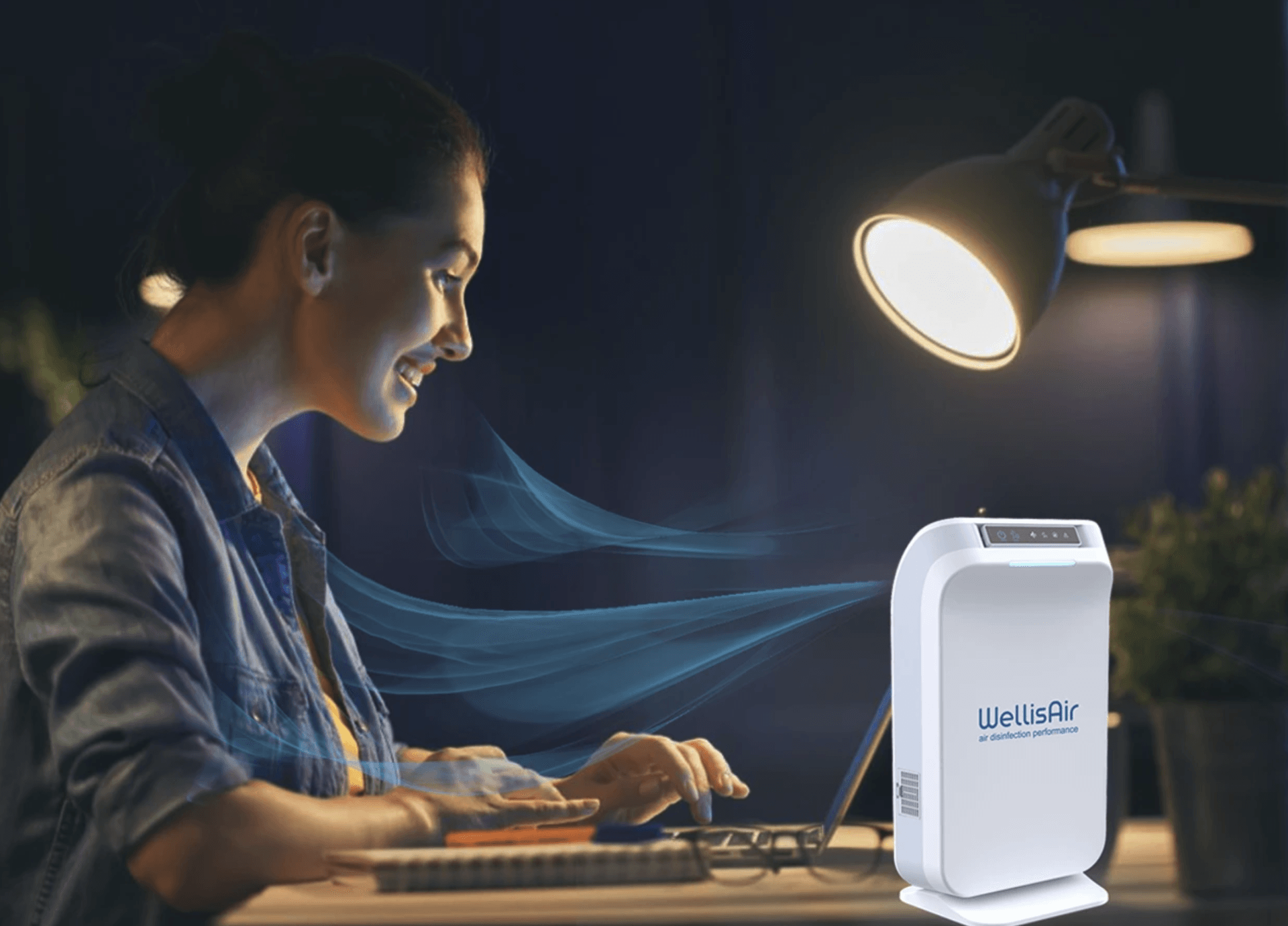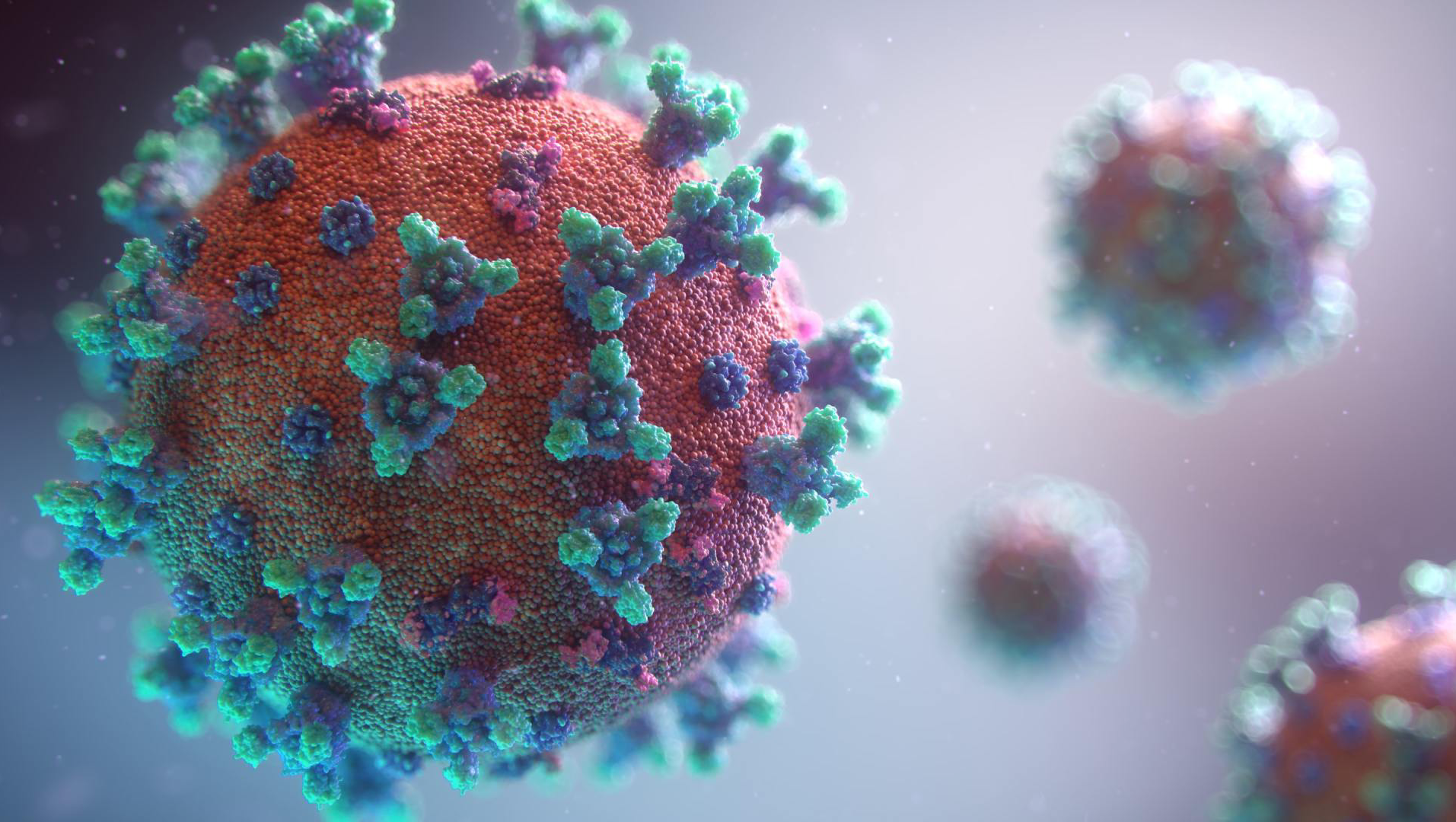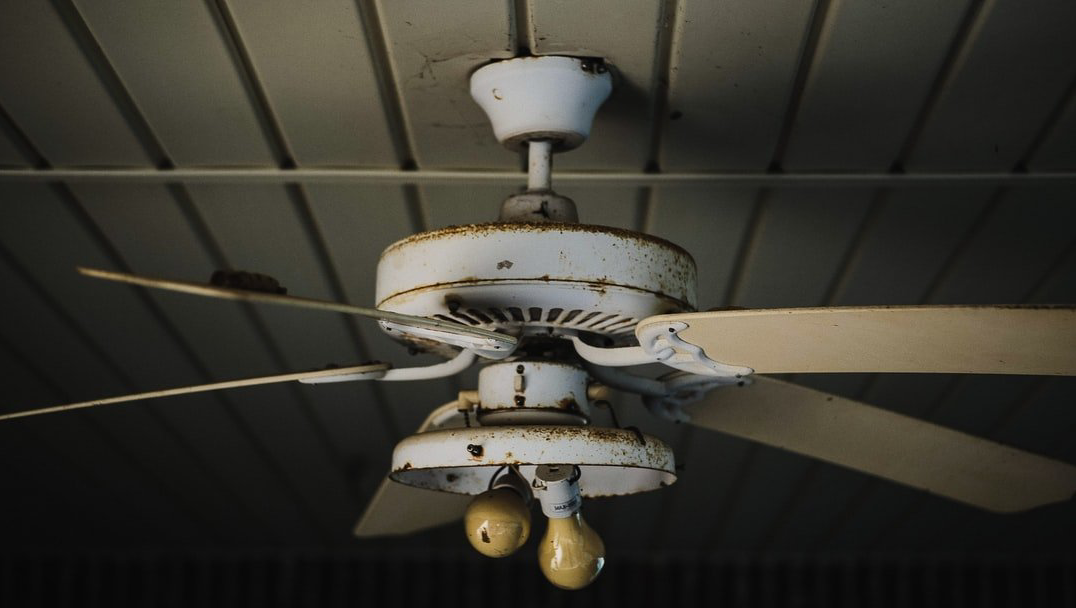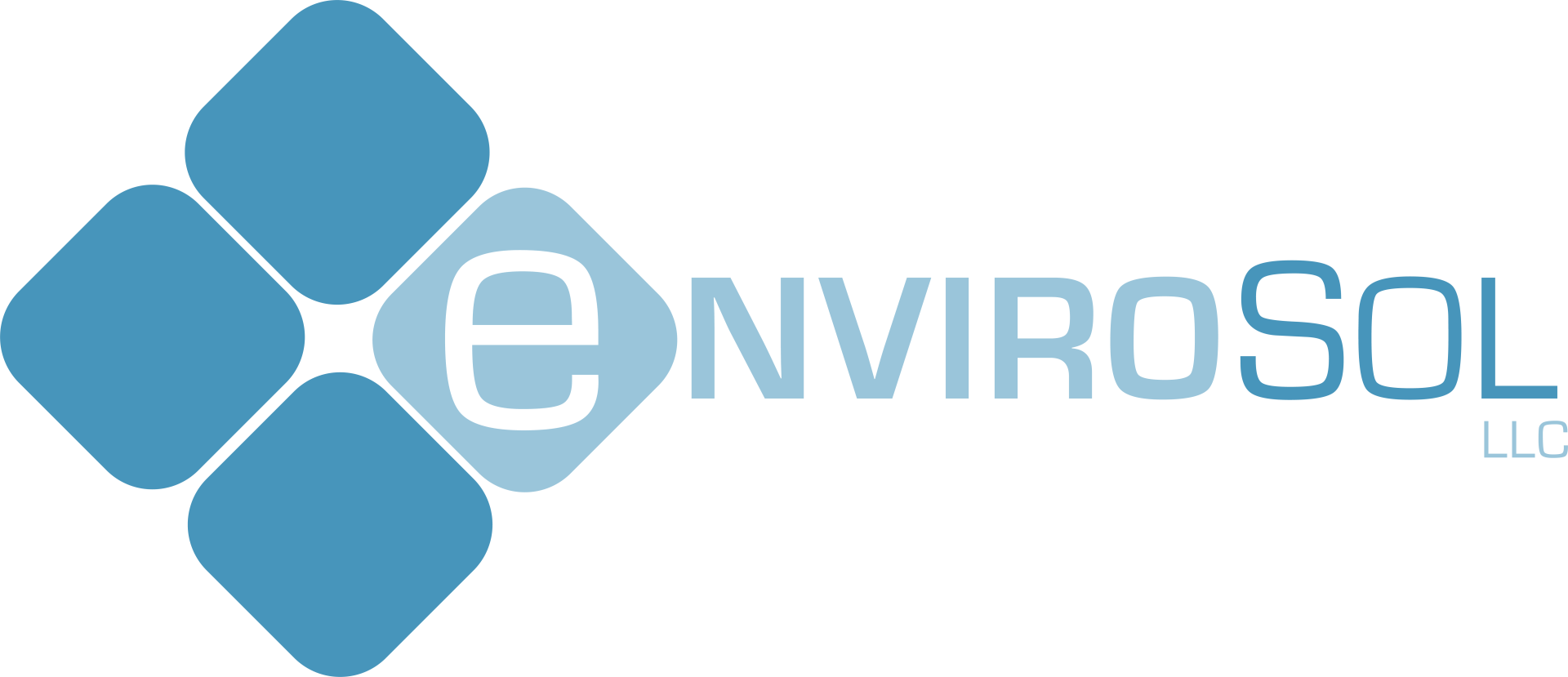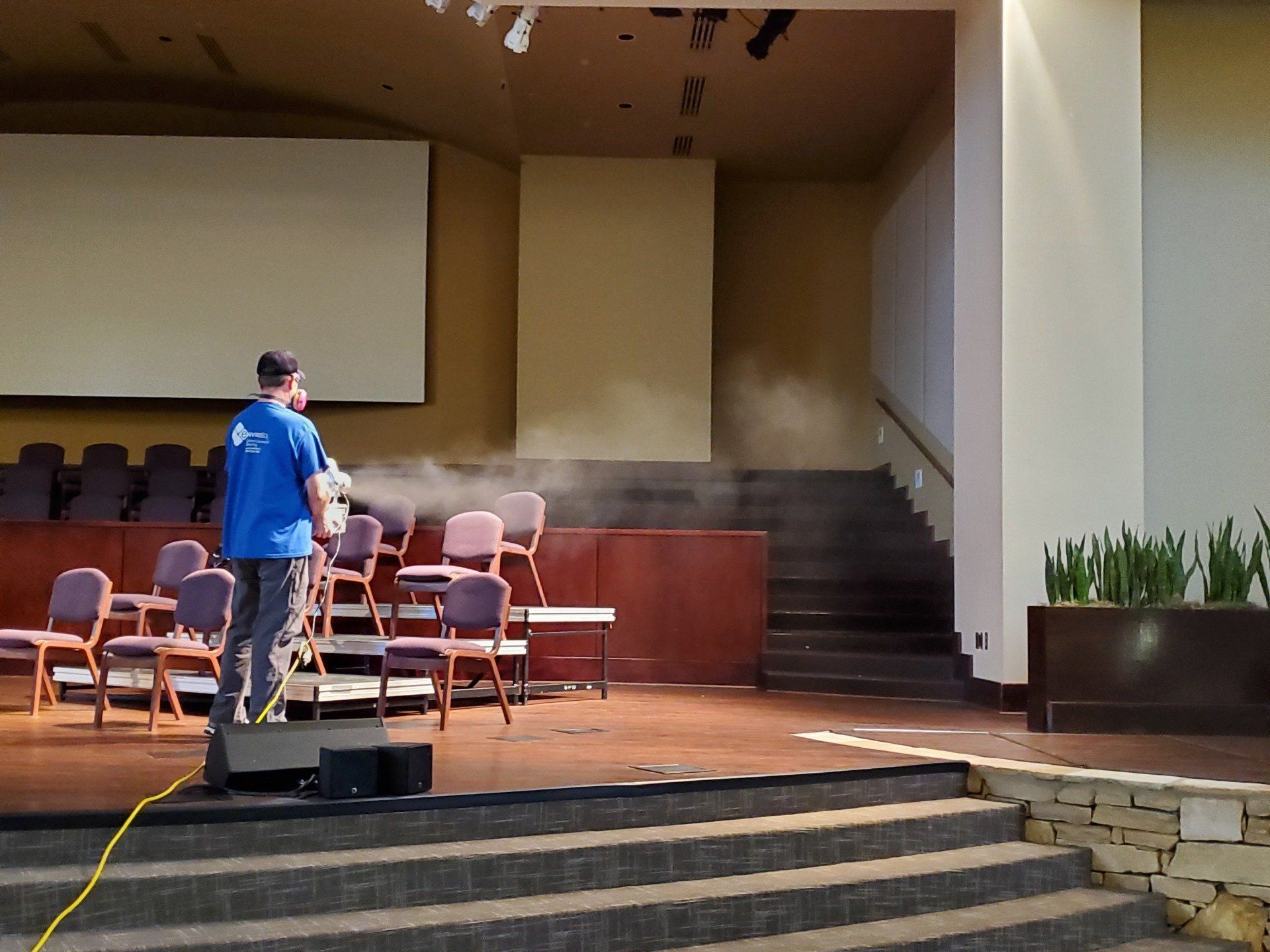What Is “Disinfection Fogging”?
What Is “Disinfection Fogging”?
Disinfection fogging is an everyday term these days. Covid-19 has turned the world on its head and has everyone a little more aware of threats that we cannot see. “Fogging” is a general term referring to the use of devices that reduce a liquid disinfectant to a finer spray. Typically, the disinfectant is then directed toward surfaces in a facility with the intent of killing viruses and bacteria.
It seems like everyone under the sun is offering “disinfection services”. And, there are so many terms used to describe what they do… electrostatic spraying, fogging, dry fogging… The choices seem endless. Each is effective in certain situations or environments. So, which is right for you?
Well, let’s go over the basics:
- Misting
- Can be done with a typical spray bottle or a garden pump sprayer, making it very inexpensive.
- Produces a very large droplet size(comparatively speaking) which makes it necessary to saturate surfaces being treated.
- Ineffective when treating airborne pathogens.
- Electrostatic Spraying
- Charges the particles causing the mist to attract to surfaces extremely well. It even has the ability to wrap around surfaces(to some degree).
- Produces a medium size droplet which still requires some saturation of surfaces.
- Equipment can be expensive.
- Must use certain types of chemicals.
- Ineffective when treating airborne pathogens.
- Dry Fogging
- Still uses moisture, but, the droplet size is so small that it will not wet surfaces.
- Equipment is expensive.
- Chemicals are usually proprietary.
- Somewhat effective in reducing airborne pathogens.
- ULV Fogging(Ultra Low Volume)
- Variable volumes allow for small to medium droplet sizes. This allows a qualified operator to choose saturation level of surfaces.
- Equipment is usually moderately priced.
- Any chemical can be applied.
- Somewhat effective in reducing airborne pathogens.
Things to consider when disinfecting:
- Nothing can take the place of cleaning. Surfaces need to be free of soils for fog treatments to be the most productive. It is really hard to kill what can’t be reached. We suggest using botanical disinfectants and microfiber cloths.
- Your chemical choice can always have negative consequences. Some chemicals leave behind a film if the surfaces are saturated. Most require areas to be vacant for a period of time to allow the disinfectant to settle(usually a couple of hours). Many require the use of protective equipment such as skin protection and respirators. We suggest using botanical disinfectants that often don’t require downtime or protective gear.
- Fogging should always be performed by someone with proper training and equipment.
Hire a Professional
While each of these methods has a place in our fight against viruses and bacteria, every facility has specific needs.
Equipment, tools, and chemicals can be expensive and confusing. There are many companies that have very qualified staff and tremendous resources.
Always check for licensing and insurance when hiring a contractor to work in your home or workplace. Don’t take unnecessary risks with your property and safety.
EnviroSol’s 3-Step Germ Remediation Program
If you are looking for a germ remediation service for your home or business in the greater Shelby, Jefferson, and Montgomery County areas of Alabama, we are here to help. At EnviroSol, we can assist in keeping you safe in the places you spend the most time.
Disinfectant fogging is the second phase of our 3-Step Germ Remediation Program. We fog with botanical disinfectants that require no safety gear and have no down-time before re-entry to your facility. There is absolutely no risk to people, pets, or plants. They are safe for our family and yours.
We know how and where harmful microbes live. We know how to kill them. And, we are passionate about taking the fight to them.
If you want to learn more about our services or request a quote, give us a call at 205-229-7650 or contact us at info@myenvirosol.com. One of our representatives will get back to you shortly.
